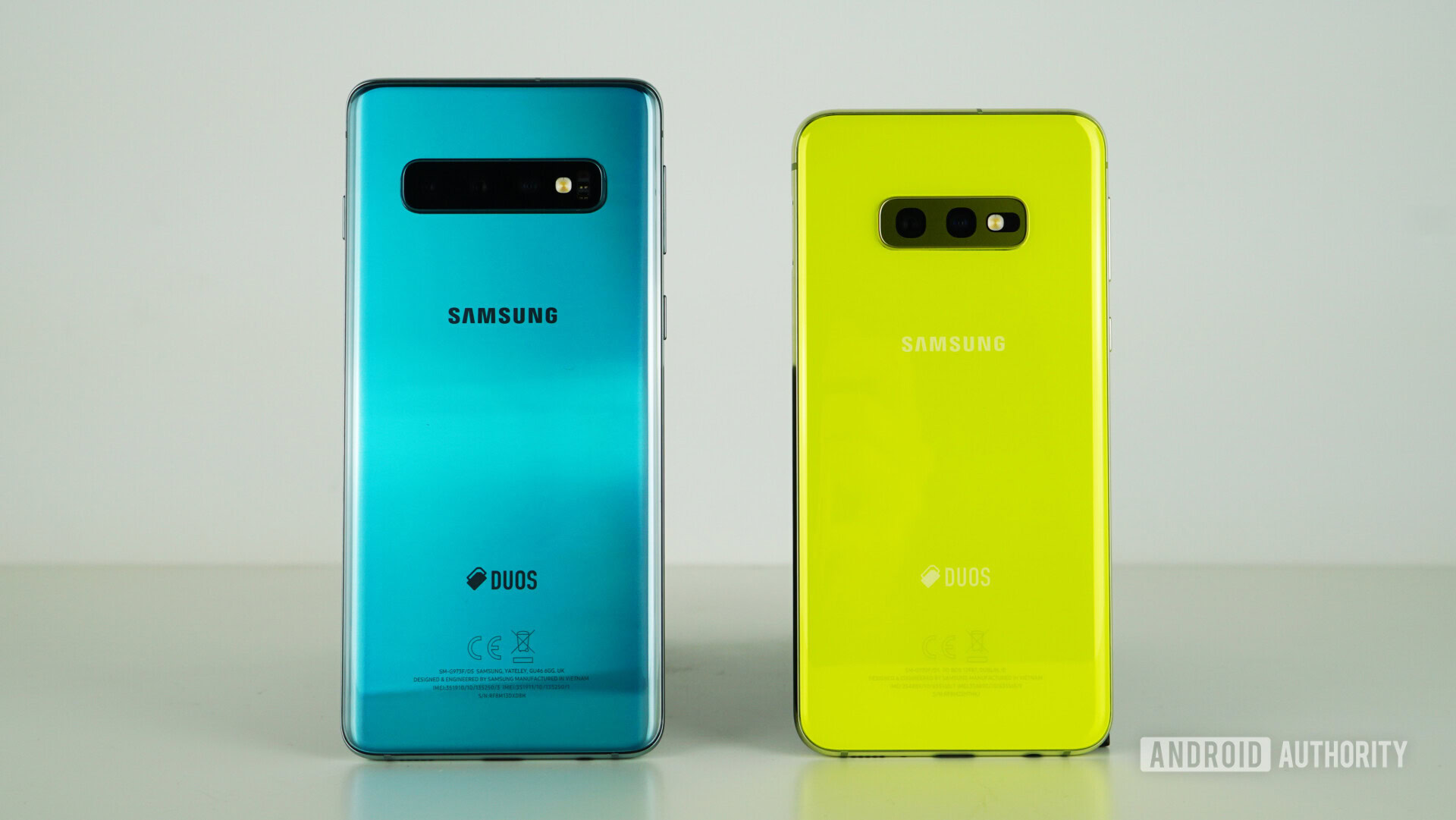Affiliate links on Android Authority may earn us a commission. Learn more.
Here's how to get Android 10 on Samsung Galaxy S10 phones with One UI 2.0 beta

Update #2, October 14, 2019 (05:37 AM ET): After a brief setback, Samsung is now officially rolling out the first Android 10-based One UI 2.0 beta for Galaxy S10 phones.
If you own a Samsung Galaxy S10, S10 Plus, S10e, or (contrary to what was originally stated by Samsung) S10 5G, you can sign up for the beta program here by creating a Samsung account. The beta is not available in all countries, so if you can’t get in now you may have to wait a little longer for a wider rollout.
Details about the beta program were released in an official blog post on the Samsung Global website which has given us a look at some of the bonus features coming to Samsung’s skin.

One UI 2.0 has tweaked the design of some pop-ups and interface elements to be more streamlined and take up less room on the screen. Samsung has also built on the dark mode and Digital Wellbeing suites from Android 10, with dark mode extending to the brightness and contrast of the home screen and Focus Mode which lets users temporarily silence apps for less distractions.
You can read about the changes here.
Update, October 11, 2019 (11:45 AM ET): Unfortunately, it looks like the beta rollout of One UI 2.0 based on Android 10 has been delayed. Samsung confirmed as much on its official forums (h/t Sam Mobile).
The delay affects both South Korean and US-based variants of the devices. As of now, Samsung hasn’t given any word on when we can expect the new rollout to begin.
However, it doesn’t appear that this will be an extended delay, so it’s still a safe bet we’ll see the One UI 2.0 beta rollout happen before the end of this month.
Original article, October 9, 2019 (04:17 AM ET): According to an official post on Samsung’s community forums earlier today, the One UI 2.0 beta — based on Android 10 — is coming very soon (via TizenHelp). Samsung confirmed that both South Korean and US variants of the Samsung Galaxy S10 family will be the first to use the beta.
For the sake of clarity, the Galaxy S10 family will include the Samsung Galaxy S10, S10 Plus, and S10e. The Galaxy S10 5G won’t be included with this first rollout.
Presumably, Samsung will adhere to what it did last year with the initial rollout of its then-new One UI Android skin by sending out the beta to South Korean and US models and then slowly pushing it out to other countries shortly thereafter.
Check out the announcement image for the One UI 2.0 beta rollout below:

As with last year’s beta, there will be a small number of invitations posted to the Samsung Members app for Korean models of the Galaxy S10 family. These limited number of slots will likely fill up quickly, and then Samsung will open up new slots in other countries.
Samsung doesn’t give a definitive date for when the One UI 2.0 beta slots will open up, but it does say “coming soon.” It’s a safe bet we’ll see this happen before the end of the month. The post also notes that Sprint, T-Mobile, and unlocked devices are the only eligible phones for now. So the likes of AT&T and Verizon customers will need to wait.
Interestingly, Samsung’s latest flagships — the Samsung Galaxy Note 10 and Note 10 Plus — don’t appear to be a part of this first beta stage. It’s likely these devices will eventually be a part of the beta, but just not at first, it seems.
Regardless, if Samsung does roll this beta out by the end of October it will be nominally faster than it rolled out One UI last year. That beta program didn’t begin until mid-November, so it’s very likely we’ll see a stable rollout of Android 10 to specific Samsung flagships much quicker than we saw Android 9 Pie roll out last year.